Un mirage atomique! Dassault Mirage IVA
France, reborn after the Second World War, was still striving to become a nuclear power in the late 1940s against the backdrop of the Cold War. As part of the Western world, France pursued the expansion of its armed forces in view of a possible threat from the Eastern Bloc and member states of the Warsaw Pact. However, the dominance of the USA was also to be pushed back and the expansion of the "force de frappe" was to be managed as far as possible with products from its own arms industry.
At the end of the 1950s, these ambitious plans led to a tender for a supersonic nuclear weapon carrier capable of carrying a five-metre-long, three-tonne nuclear free-fall bomb two thousand kilometres away.
Dassault ultimately won the race for the contract: the winning design was closely based on the successful Dassault Mirage III. The basic aerodynamic design as a delta wing was the same, but the different operational tasks required a modified interior.
Instead of one engine as in the Mirage III, two SNECMA Atar 9K-50 turbines accelerated the Mirage IV, which weighed 33.5 tonnes with maximum load, to 2,340 km/h. The length and wingspan had also grown considerably compared to the Mirage III: to an impressive 23.49m and 11.85m respectively.
The first flight of the new nuclear bomber took place in 1959 and its performance placed it at the forefront of comparable contemporary developments. The Mirage IV began a long career when it entered active service with France's nuclear force, now called the "Force de dissuasion nucléaire", which was to end only in 1996 with its retirement from the role of nuclear weapon carrier. A few Mirage IVs modified into reconnaissance aircraft continued the active service history of this remarkable aircraft even until 2005.
A striking feature of the exterior of this elegant and impressive aircraft is the radome fairing attached to the underside of the fuselage in the form of a slightly bulging plastic disk. Behind this is the radar equipment, which had to be relocated from its original position in the nose to the centre of the fuselage from the first pre-series aircraft onwards. The reason for this was the installation of an air refuelling probe on the nose cone.
The air-to-air refuelling capability was an integral part of the Mirage IV's mission profile as a nuclear bomber. The plan was to equip a Mirage IV as a nuclear weapon carrier, which would be accompanied by another Mirage equipped with additional tanks and a KC-135 tanker. Supplied by the tanker, the two Mirages were to reach the target area; on the return flight, the second Mirage would then supply the bomb carrier with its fuel supply.
The excellent performance of the Mirage IV was also reflected in the lively interest of some other Western countries in purchase and/or licence production. In Great Britain, the negotiations and the expected acquisition of the Mirage led to the end of the promising and already well advanced TSR-2 project, but Australia and Indonesia were also interested in the introduction of the Mirage IV.
In the end, all these considerations did not lead to a successful acquisition. Australia, which was to have a good experience with the introduction of the Mirage III, finally opted for the F-111 after all, leaving France as the sole, albeit long-time, user of the Mirage IV.
My model shows a Mirage IVA with the construction number 21 from 1966. This marking comes from the beautiful A&A kit of the Mirage IV. The term "beautiful" refers mainly to the kit, which includes a small but very usable etched parts board.
I would also like to praise the decal sheet, which is really very convenient to work with. The quality of the decal sheet has also proven itself to me when applying quite tricky parts such as the markings on the tail fin. Here they have to bend around sharp curve radii or nestle over protruding parts; they do all this without any problems - and cut a really good figure.
Less beautiful, however, is what A&A delivers here in the way of plastic parts. Massive fitting inaccuracies, especially in the rear area, make forced filling and sanding, sanding and filling...necessary. For a few moments I had to seriously question the possibility of a successful finish. On the other hand: model building experiences are guaranteed this way, and a particularly nice one at that, if the whole thing turns out to be something after all!
The metal surface of this Mirage IV is a fine playground for letting off steam with metallic colours. I tried not to overdo it with the rich palette of Alclad and still get close to the impression of the quite vivid NMF surface of Dassault's Mirage IV.
In the end, I am really very happy to have persevered, as it were, and to have got this big aircraft up and running in a small scale. I can only recommend this kit to the experienced or ambitious modeller; but if successful, a striking and highly elegant new showcase inhabitant is guaranteed!
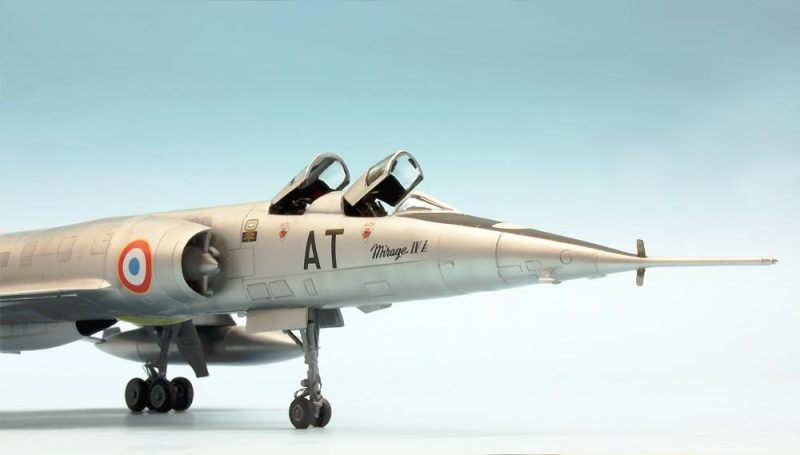
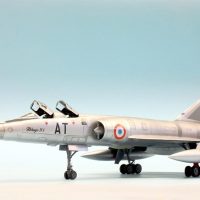
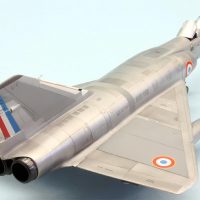
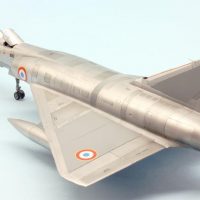
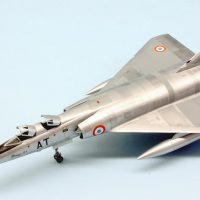
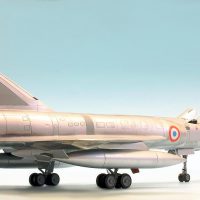
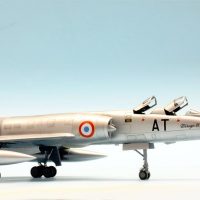
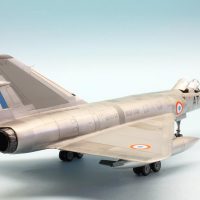
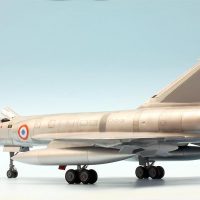
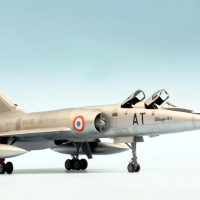
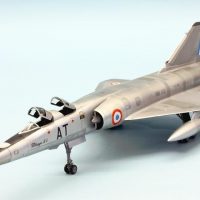
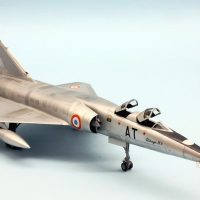
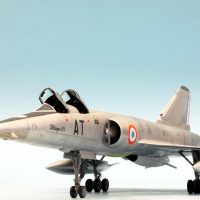
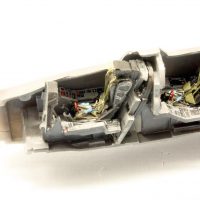
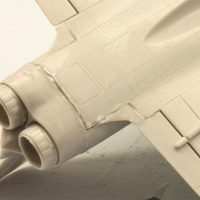
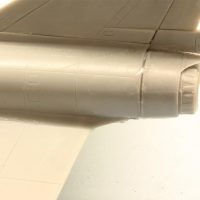
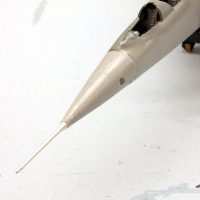
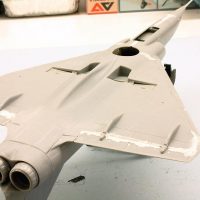
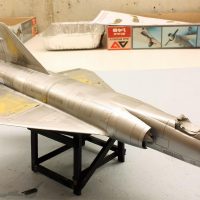
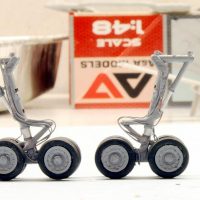
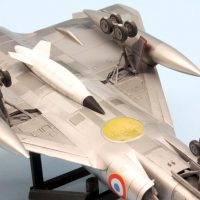
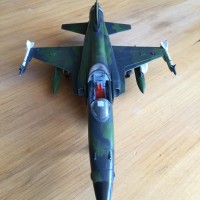

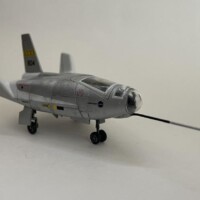
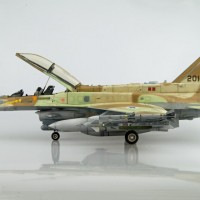
Very nice. That’s a beautiful plane that we don’t see built often. I did the Heller kit way back when. Thanks for sharing this.
Amazing model, Roland. The Mirage IV is, for me , one of the most elegant "big" planes. Your choice of NMF camp brings on this beautiful plane's lines in a mist effective way.
I loved your detailing in the cockpit and landing gear areas.
Fantastic results, Roland.
A really large deltawing.
As said by Spiros, you have done some great detailing.
Well done.
Hooray for Roland. What a wonderful job on this model. Super-duper.
Wow, a stunning result. Truly a victory of experience, persistence, stubbornness and talent over plastic.
Such an elegant lady, no way of telling you had fit problems. The photos look amazing which show the great work on the cockpit and landing gear. Very nice Roland!
All that work to make it suitable for a NMF sure paid off. Well done.
Your model's NMF is amazing!
Nicely done Roland, well detailed.
Extraordinary model, beautiful NMF very smooth
Very well done - love the work you did on the NMF.
I'm late to thank you for your welcome comments - I'm happy about every single one and feel extremely motivated by you! Thank you very much!